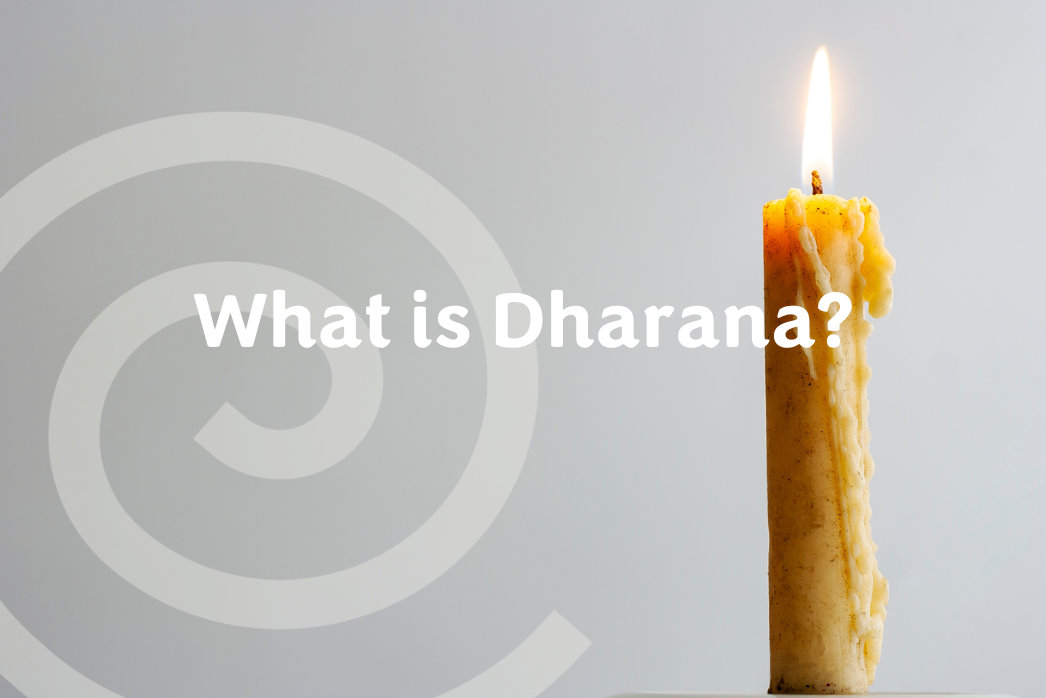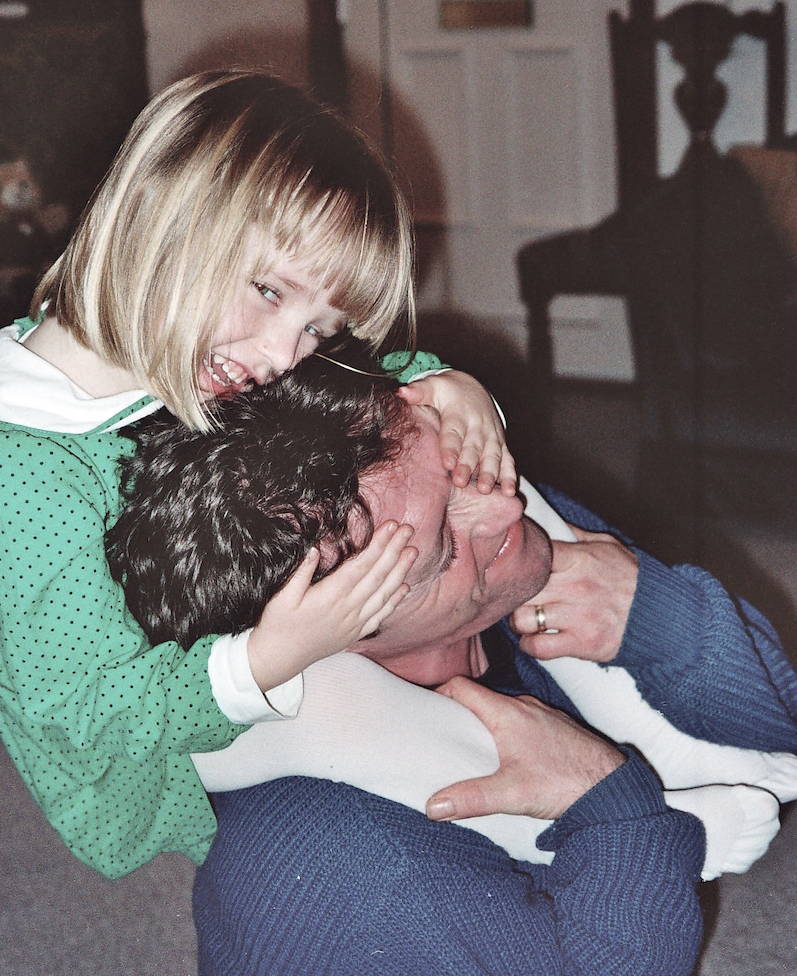Enhancing your yoga practice with Yoga Blocks

In the last couple of decades, in many yoga circles, props have been associated more with people with conditions or demonised as a tool for the less capable. They have gone out of fashion.
B. K. S. Iyengar, the founder of Iyengar Yoga is the father of modern yoga props. He revolutionised the practice, introducing straps and bricks to correct alignment. His first brick was a house brick! This is why our most popular blocks are still roughly the same shape and size!
With the increasing popularity of Yin Yoga and Restorative Yoga, the yoga block is making a comeback!
Why do we use blocks?
The use of props is based on understanding the structure of the body, training muscles that cannot work correctly due to modern lifestyle. E.g., having a more sedentary life, not moving as much, or practising high impact sports. Because of these movement patterns, the body uses power muscles but not the subtle small ones. Most people, including me, are getting used to these modern patterns, and trying to break them takes time and understanding of the body and its capabilities.
Blocks can be used as a tool to enhance not just your yoga poses, but also to enhance your understanding of the body and the way you use your muscles.
They are:
- An excellent tool for strength training.
- Avoiding injuries.
- Teaching the body how to move correctly.
My Yoga Block Learning Curve - Less is More
Since I started my Yoga journey, I didn't understand the importance of feeling the muscles as much as doing pose upon pose. When I started my practice, I felt that I was improving on flexibility, and my mental health was better. But, in the long run I also started to notice that my body didn't feel as balanced as it should.
So, one day I decided to "take it easy" and use a pair of cork bricks from the yoga studio. That day was the day that I decided to go inwards, leaving the egos and expectations of the outside world. And then it clicked; I realised I could feel more, and I was supporting my body in safety. In this case, less was more for me.
Now I can get to poses that I never believed possible, all thanks to the use of bricks and blocks.
4 Simple Poses to Elevate your Practice with Yoga Blocks
Blocks are the prop we tend to reach for in balancing poses. But we want to highlight that a block is great, super powerful and a teaching tool in the asanas you practice regularly with no props. Thank you to Emily Beth from Your Yoga With Em for sharing your practice with us in the images below. You can follow on IG @youryogawithem.
1. Kapotasana (pigeon)
Pigeon is a beautiful (and intense for some...) hip opener. On the side where your leg is bent, you may find there is a gap between your hip and the floor and it can be difficult to keep your hips square. By placing a block under the glute of the bent leg, you will find it easier to keep your hips square and your spine straight.
2. Utkatasana (chair)
Squeezing a yoga brick between your glutes in chair pose will activate the glutes and highlight alignment issues. As you are in the pose, check that your knees are straight. You can also try sliding the block further up the thigh - which muscles do you feel are activated now?
3. Anjaneyasana (Crescent Lunge)
Low lunges are vital if you spend a lot of your time sitting, actively stretching and strengthening the psoas muscles. The blocks keep your back from rounding and the chest open. They act as support allowing you to stay in the pose longer, engage, and breathe.
4. Trikonasana (triangle)
In your practice, you may reach the floor, you may simply hold your hand against your shin, or you may grip your leg. There are so many ways it can be taught. The first time I gripped a block instead, it completely changed it for me.
My arm was active, from hand through to shoulder. This opened my chest and the side of my torso - it led me to the correct alignment and I was finally engaging the correct muscles. My spine was also STRAIGHT as an arrow and I could breathe. It can be easy for your ego to tell you that you don't need a block in this pose. But even if you can reach the floor, I recommend you give it a try.
The blocks I reach for
Recycled Foam Blocks - I prefer these in supporting poses, or in asanas where I am seated. I also use if my wrist or ankles need a pad against the floor.
If I'm looking for active support for planks or standing poses I need something with a high density like a sustainable cork (more eco friendly than foam!) or wooden block. We have both cork yoga bricks and cork yoga blocks, and the bevelled edges soften the block and give your a greater grip. Natural cork also increases in grip as you sweat, so my hands do not slip.
P.S We would love to see your creativity. Share your practice @ekotexyoga










Leave a comment